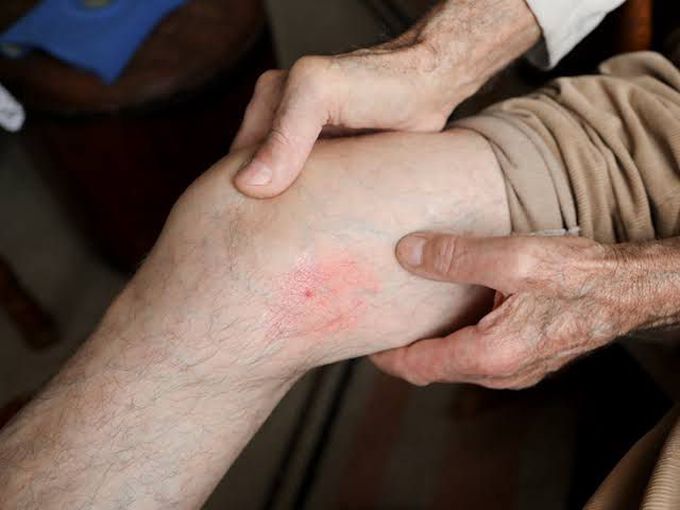


How are blood clots treated?
The goal in treating blood clots, especially DVTs, is to prevent the blood clot from getting larger or breaking loose. Treatment can reduce your chances of developing more blood clots in the future. Treatment depends on where the blood clot is and how likely it is to harm you. Your doctor might recommend: Medication: Anticoagulants, also called blood thinners, help prevent blood clots from forming. For life-threatening blood clots, drugs called thrombolytics can dissolve clots that are already formed. Compression stockings: These tight-fitting stockings provide pressure to help reduce leg swelling or prevent blood clots from forming. Surgery: In a catheter-directed thrombolysis procedure, specialists direct a catheter (a long tube) to the blood clot. The catheter delivers medication directly to the clot to help it dissolve. In thrombectomy surgery, doctors use special instruments to carefully remove a blood clot. Stents: Doctors may decide if a stent is necessary to keep a blood vessel open. Vena cava filters: In some cases, a person might be unable to take blood thinners, and a filter is put into the inferior vena cava (the body’s largest vein) to catch blood clots before they can travel to the lungs.

